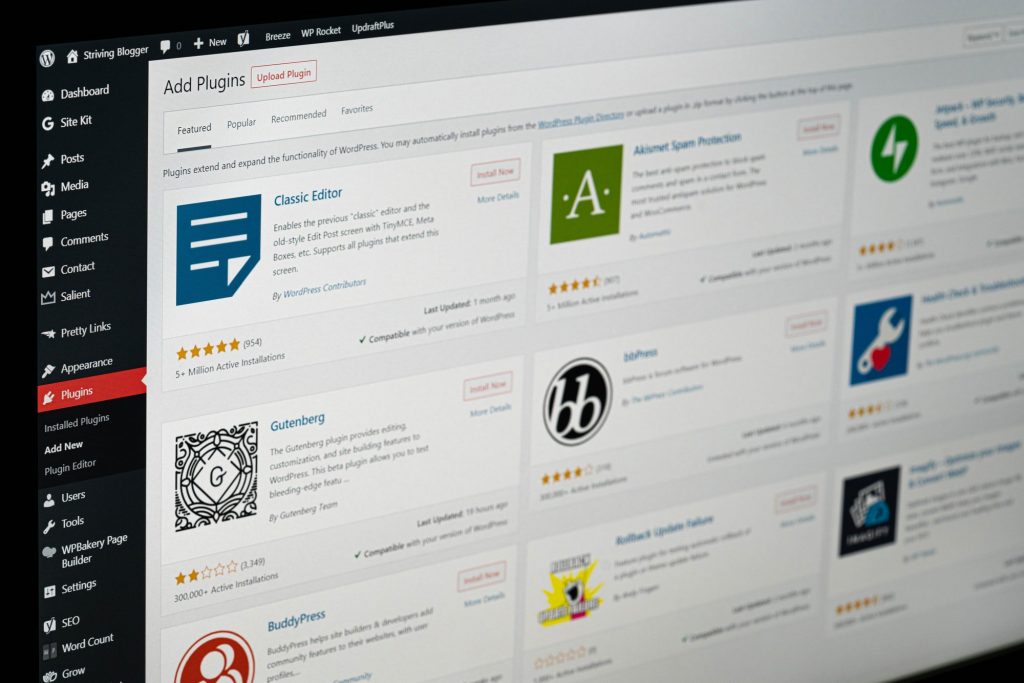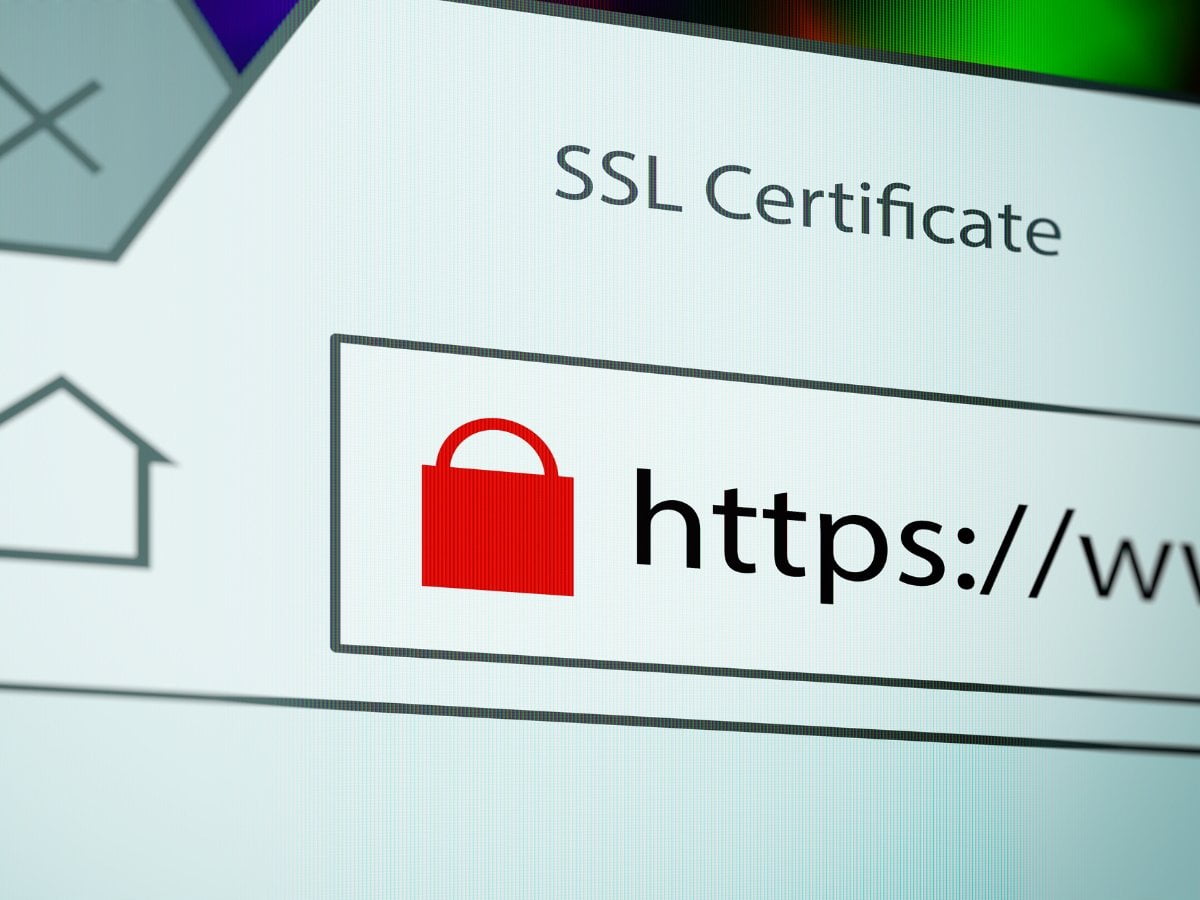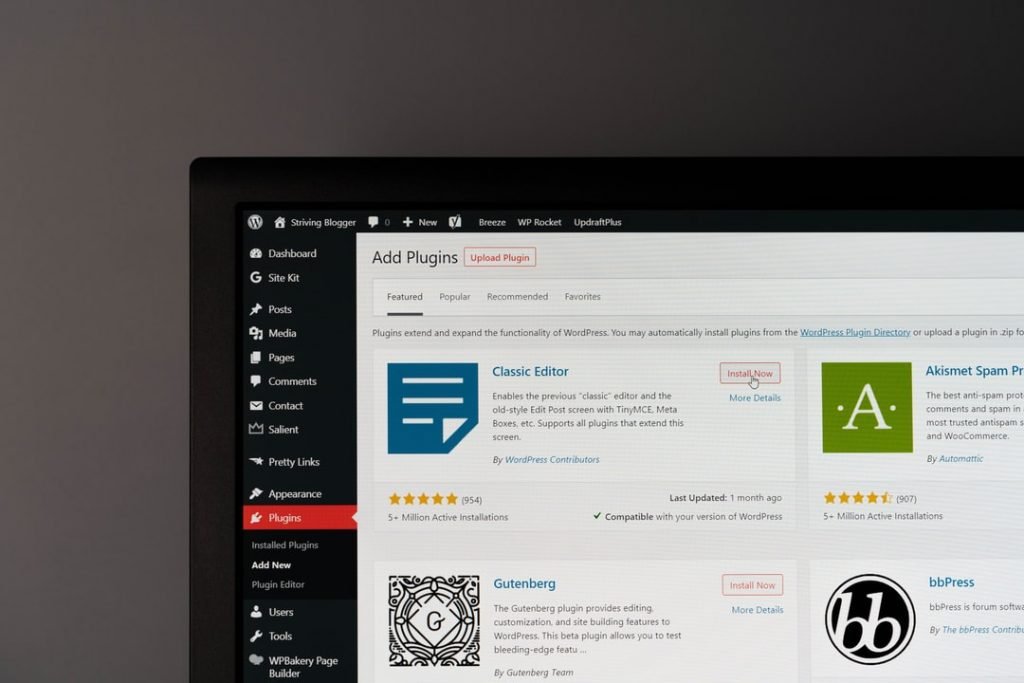Whether it’s a personal blog, business website, or something else, having your own platform can make a world of difference when it comes to the success of your website. However, it’s no secret that learning how to manage a website can be a daunting task for beginners. What do you need to consider when managing a website with WordPress? How do you ensure its security and reliability? Once you decide that WordPress is the right platform for you and if these questions have been on your mind, you’re not alone.
Many first-time WordPress users are often overwhelmed by the amount of work required to maintain a WordPress website. Fortunately, there are several steps you can take to make the process easier and less overwhelming. From security measures to content management and optimization, there are a variety of tools and techniques to make managing a website built with WordPress more straightforward. In this blog post, we’ll be exploring the various aspects and go over how to manage a website built with WordPress, and how to make the process as easy and stress-free as possible.
Understanding the Basics of WordPress
WordPress is an open-source content management system (CMS) that enables users to easily create and manage WordPress websites. It is one of the most popular CMS available, powering millions of websites. Understanding the basics of WordPress is essential for anyone looking to build or manage a website using the platform.
The WordPress dashboard contains all the website settings and offers a variety of tools and options to help users manage their websites. From editing content and adding media, to managing plugins and themes, the dashboard provides a wide range of features to help users customize their website. Additionally, WordPress users can access a range of support forums and tutorials to assist with any issues they may encounter and learn how to manage a website properly. With the right knowledge and understanding of WordPress, users can quickly and easily manage their WordPress website.

Benefits of Managing Your WordPress Website
WordPress is one of the most popular content management systems (CMS) out there and for good reason. With its user-friendly interface, easy-to-use plugins, and customization options, it’s the perfect choice for managing a website. Here are just a few of the benefits of using WordPress to manage your website:
- Speed and Performance: WordPress is designed to be fast and efficient. It can quickly handle large amounts of traffic and can be easily optimized for better performance.
- Security and Reliability: WordPress is regularly updated to ensure the highest level of security. It’s also designed to protect against malicious attacks and malicious software.
- Flexibility: With WordPress you can customize your website to meet your needs. You can choose from thousands of themes and plugins to create a website that looks and functions exactly how you want it to.
- Search Engine Optimization (SEO): WordPress is SEO friendly, making it easier for search engines to find your website. Themes and plugins are also optimized for SEO, making it easier for your website to rank higher in search results. SEO on your WordPress website is critical for others to find your website on the internet.
- Easy to Use: WordPress is one of the easiest CMS to use. With its intuitive user interface, users can quickly and easily navigate the website and make changes.
- Cost-Effective: With WordPress, you don’t have to pay for expensive web hosting or other costs associated with other content management systems. WordPress is free and open source, making it an affordable option for those looking to create and learn how to manage a website.
These are just a few of the benefits of using WordPress to manage your website. With its user-friendly interface, robust security, and easy-to-use plugins, WordPress is the perfect choice for managing a website. With WordPress, you can quickly create and learn how to manage a website that looks and functions exactly how you want it to.
Setting Up Your WordPress Website
Setting up a WordPress website is easy, yet it can be intimidating for the inexperienced. It is important to know that anyone can create a website with WordPress, even if they don’t have any previous coding experience.
First, you need to find a domain name and web hosting provider that meets your needs. Once you’ve done that, you’ll need to install WordPress onto your server. You can install WordPress manually or use a hosting provider’s automated installer. Not entirely sure what WordPress is? Check out tons of resources on the internet and look for a tutorial on what is WordPress to start with.
Next, you will need to choose a WordPress theme you want to install for your website. There are hundreds of free themes available on the WordPress repository as well as premium ones throughout the internet, so you can choose the one that fits your website’s purpose. After installing the theme, you’ll need to configure the settings and make sure everything is working properly.
WordPress also offers many plugins that can help you extend the functionality of your website. These WordPress plugins can be installed and configured to provide additional features, such as contact forms, galleries, e-commerce, and more. You can also customize your website using the built-in visual editor or with a custom-made theme. We recommend finding a compatible WordPress website builder solutions that works with the theme you choose or vice-versa.
Finally, you’ll need to configure WordPress for your website. This includes setting up the permalinks and writing an SEO-friendly website description. You can also install a security plugin to protect your website from hackers.
Once your website is set up, you can start adding content and customizing it depending on your needs. Once your website is established, you can begin updating and adapting it to fit your preferences. It is crucial to consistently maintain and take care of a WordPress website for it to remain up to date and effective, so don’t forget about it.

Adding Content in WordPress
Now that your website is ready it’s time to begin working on your new website. Adding content for your own website to WordPress has never been easier! With its user-friendly interface, you can quickly add posts and pages to your website.
To add a post, simply go to the Posts tab in the left-hand menu, click “Add New,” and you’re ready to start creating content. Add a title, body text, images, and other media, insert tags and categories, and hit “Publish.”
To add a page, go to the Pages tab in the left-hand menu and hit “Add New.” Fill out the page title and body, add media, and hit “Publish.” It’s that simple to add pages to your WordPress website!
Whether you’re adding posts or pages, you can easily manage your website content and make sure it looks exactly how you want with WordPress.
Optimizing and Securing Your WordPress Website
Optimizing and securing your WordPress website is a crucial step in managing it. To ensure the best performance, start by running an audit on your website. This can help you identify any errors and issues that make your website slow or disrupt your website.
Make sure to fix any problems that you find and take steps to prevent them from happening again. Additionally, update any out of date plugins and themes to ensure that your website runs smoothly.
You should also implement security measures to keep your website and data safe. Update your WordPress installation and plugins to the latest versions, use strong passwords, and enable two-factor authentication to protect your website from malicious attacks. Finally, install a security plugin to scan your site for any potential threats and block any malicious activity. With these measures in place, your WordPress website will be secure and optimized for optimal performance.

WordPress Plugins and Themes
WordPress is a popular platform for creating websites and managing content. It’s user-friendly and offers a variety of plugins and themes to customize a website. Plugins are pieces of software that help add functionality to a site. They include features like contact forms, image galleries and social media integration. Themes are collections of files that control the look and feel of a website. They come with the basic HTML structure, styling, and functionality.
To get the most out of WordPress, it’s important to know what themes and plugins that you should install and how to manage them. Installing, activating and deactivating plugins and themes is easy and can be done directly from the WordPress dashboard. Keeping up-to-date with the latest plugin and theme versions is also important for website security and performance. It’s also useful to know how to backup and restore settings, databases, and files. With the right knowledge and tools, managing a website built with WordPress can be easy and efficient.
Optimizing Performance and Security
Optimizing performance and security are both vital for the integrity and success of any website. WordPress offers a variety of tools and options to help website owners enhance the performance and security of their websites.
Using a caching plugin, such as SG Optimizer, is a great way to optimize the speed and performance of a WordPress website. This plugin can help reduce load times, as well as make the website more secure by disabling unnecessary features.
Additionally, it is important to regularly update the WordPress core, plugins, and themes to ensure that potential security vulnerabilities are patched. It is also essential to use a secure password and two-factor authentication for all user accounts. Finally, a good security plugin, such as Wordfence, can help protect against malicious attacks and ensure that the WordPress website is secure.

Troubleshooting Common WordPress Problems
Troubleshooting common WordPress problems can be a tricky task for website owners. If you’ve just created a website using WordPress and don’t know how to manage a website, it can be frustrating. Luckily, there are a few best practices and tips that can help you troubleshoot common WordPress problems.
Start by understanding the basic structure of WordPress and its core components. Once you have this knowledge, familiarize yourself with the dashboard, plugins and themes to gain a better understanding of how WordPress works. Understanding how to manage a website will make it easier to troubleshoot any issues that arise.
Additionally, use the built-in tools and features of WordPress to diagnose the problem and assist in finding solutions. If the problem persists, reach out to WordPress website support or consult a professional WordPress developer for advice. Either way, following these WordPress development tips should help you manage website problems built with WordPress more efficiently.
Monitoring and Maintaining Your Website
Monitoring and maintaining a website built with WordPress is a must to ensure its performance and security. Keeping a website up-to-date with the latest security updates and plugins is essential to prevent any malicious attacks. Also, regular backups should be taken to restore the website in case of any mishaps.
Furthermore, running regular speed tests to check if the website is loading quickly, optimizing images, deleting unnecessary plugins, and optimizing the database are some of the important activities that should be taken into account for maintaining a website. This will help in boosting the website’s performance, functionality, and user experience.

Is Learning How To Manage A Website Not Your Cup Of Tea?
If you have a WordPress site but don’t want to learn how to manage a website, don’t worry! Newman Web Solutions offers WordPress website management services to help you keep your website running smoothly and efficiently. With our professional team of WordPress experts, you can rest assured that your website is in the best hands. Reach out today and get the help you need to manage your WordPress website.





